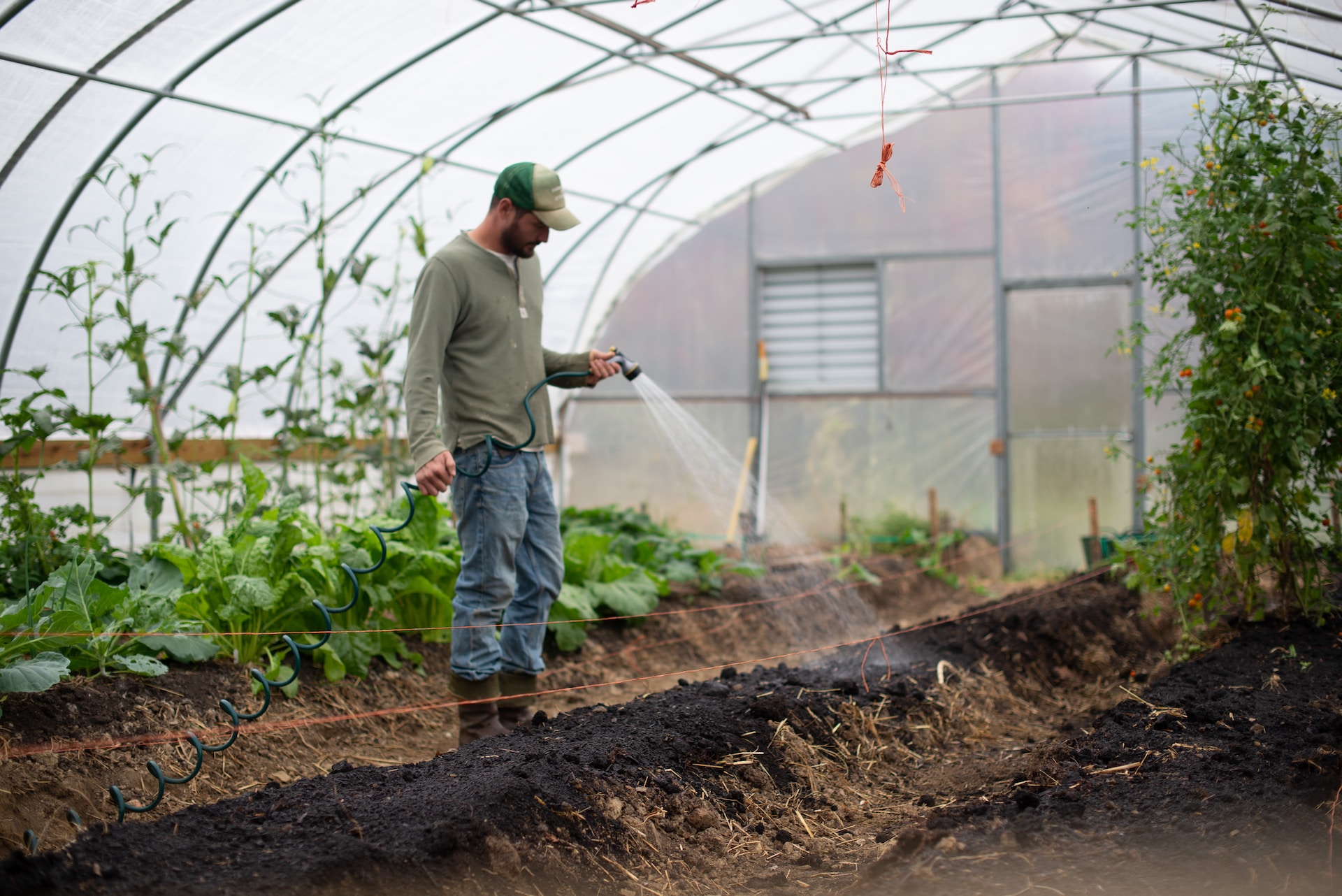Pillar 5: Good food is not always a choice
Good food is not always a choice. Billions of people around the world cannot choose good food.
It may not be available, affordable, or accessible. Good food needs effective policy & politics, smart technology, fair pricing and a level playing field. Good food needs successful farmers, clean water and healthy soils & seas.
Availability can be defined as ‘obtainable or accessible; capable of being made use of; at hand’. What is available, requires us to consider what is produced and traded at a global level. Geography, seasonality, weather and climate influence the availability of which foods can be grown. Physical constraints on production, such as access to tools, can determine what and how much food is grown but economic and political factors can direct resources to particular sectors encouraging the production of vital foods.
For land to continue to provide the food we need for survival, it’s important for food to be grown in harmony with its ecosystem, so as not to deplete resources and risk land productivity in the future. Lastly, the ability for individuals, households or groups, to obtain the necessary foodstuffs, to preserve them, to render them suitable for eating by cooking, to serve them at a table and finally, to ingest/eat them is largely determined by their economic means.

Sometimes it can be a case of the price of oil being so high that it is a choice between a little heat – perhaps not even enough to keep oneself warm – and food. Maybe this is not good food, but enough food to keep oneself going. We need food to live and sometimes it’s not a choice, particularly when it comes to good food. Affordability can be a huge issue especially if there are shocks such as an energy shortage. As an example, in 1977, US President Jimmy Carter delivered a speech on Energy in which he called for long-term limits on oil imports and the development of synthetic fuels to improve energy efficiency. This preceded the global oil crisis in 1979 that occurred as a result of the Iranian revolution. Despite the fact that global oil supply decreased by only ~4%, it sparked widespread panic, driving the price far higher, frightening many all over the US both in the cities as well as farmers who know that without oil, you cannot produce food.
There is no doubt that the cost of food is an important determinant of food choice.
Whether cost is prohibitive depends on a person’s income and socio-economic status. Low-income groups have a greater tendency to consume unbalanced diets and in particular have low intakes of fruit and veg, because balanced diets (including fruit and veg) are more expensive! That said, access to more money does not automatically equate to a better quality diet. What increases with access to money is the range of foods from which one can choose.
In some areas, buying healthy food is just not an option.
Called food deserts, these are areas in urban neighbourhoods or rural towns with a lack of grocery shops, farmers markets and healthy food providers within walking distance. Those living in these areas are often poor, have no access to a car or bicycle and public transport links are limited. An inability to buy healthy and fresh foods limits a diet substantially and increases the risk of problems such as undernourishment and/or obesity.